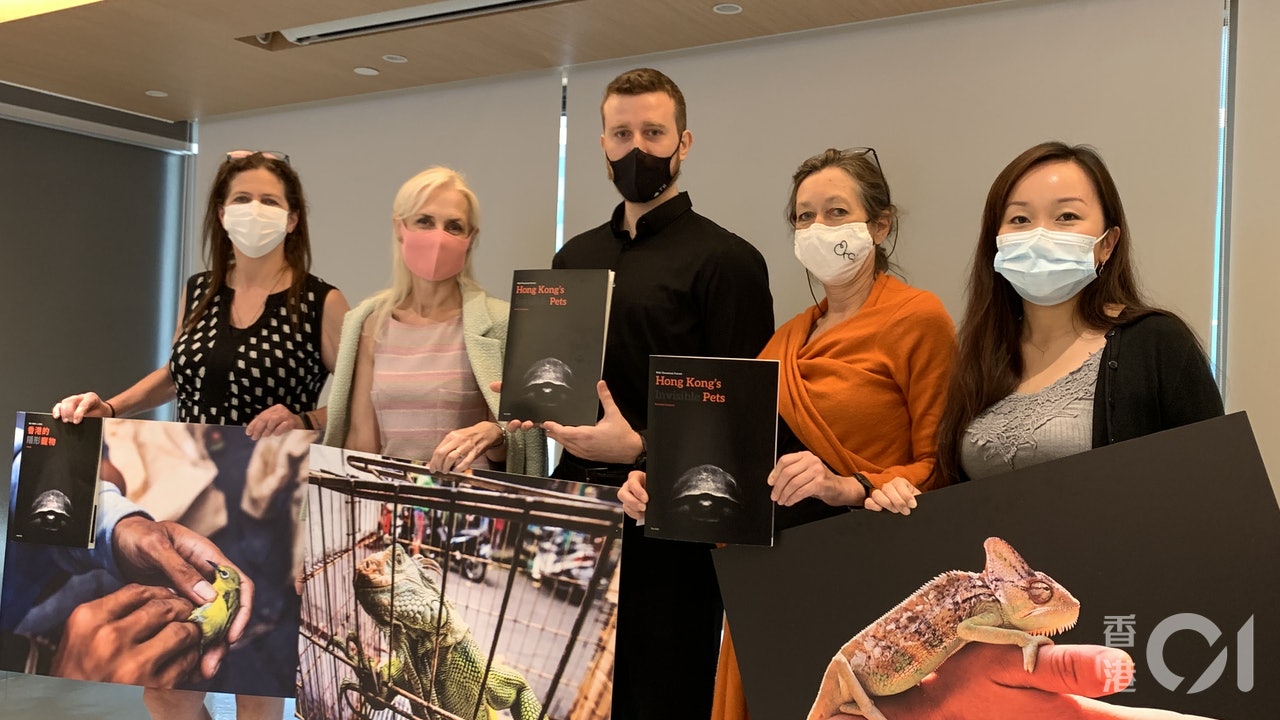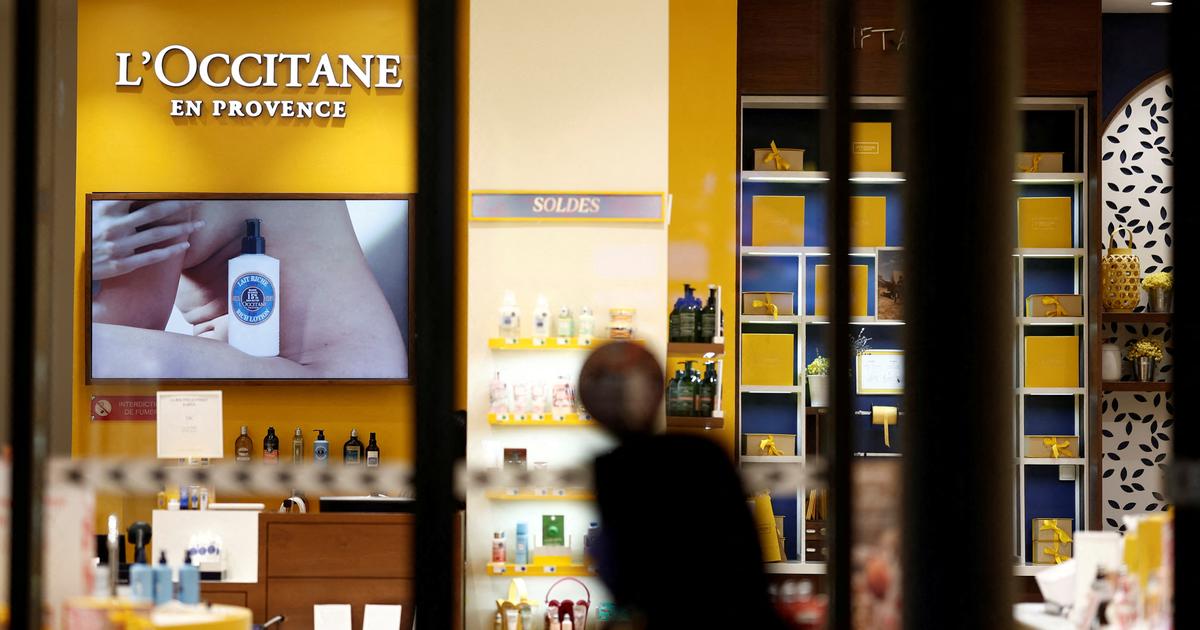In recent years, many people in Hong Kong have kept rare animals such as reptiles.
A survey conducted by an environmental protection group found that in the five years from 2015 to 2019, as many as 24.4 million live terrestrial exotic animals were imported to Hong Kong, of which about 4 million were used for pet trade, involving more than 700 species, and reptiles accounted for the majority. 97%.
In addition, the report found that 2.8 million animals were imported under international trade conventions in five years, nearly three-quarters of which were endangered species.
The group pointed out that Hong Kong’s demand for rare and exotic animal species has intensified the pressure on wild populations. For example, there are only hundreds of Zambian cracker turtles left in China, but thousands of them have been imported into Hong Kong in the past, and the source of doubt is unknown; Extinct, but was found suspected of being illegally imported into Hong Kong.
The group also said that many species are actually not suitable as pets. For example, snapping turtles are large in size and bite powerfully when they are adults, but tens of thousands of them are still imported into Hong Kong.
The group recommends that the government introduce a "positive list" of exotic animals, including pre-selected and recognized species for pet trade, and revise the possession permit system for endangered species.
1,880 live frogs are imported into Hong Kong each year and most of them are suspected to be used for food
The environmental protection group ADM Capital Foundation released a report on the trade of rare and exotic animals in Hong Kong today (18th), referring to government statistics showing that in the five years from 2015 to 2019, as many as 24.4 million live terrestrial rare and exotic animals were imported into Hong Kong, of which 1,880 10,000 were live frogs, most of which were suspected of being used for food.
The number of imported rare birds and animals for pets is as high as 4 million. These species are introduced from 84 countries, involving more than 700 species, of which reptiles are the majority, accounting for more than 97% of the annual import volume.
The report pointed out that although some imported species are protected by the "Convention on International Trade in Endangered Species of Wild Fauna and Flora", the Hong Kong government abolished the requirement to hold a permit for some species under the Convention on Captive Breeding in 2006. The number of imported yellow-headed side-neck turtles, which are currently "vulnerable", has risen sharply from a little over 100 in 2005 to hundreds of thousands per year in the past decade.
Groups have criticized Hong Kong's demand for making the breeding methods of the yellow-headed side-neck turtle "appalling".
The Hong Kong Society for the Protection of Animals approves that the Hong Kong government's animal quarantine procedures are not perfect
Fiona Woodhouse, deputy director (Welfare Department) of the Hong Kong Society for the Protection of Animals, pointed out that captive-bred animals are exposed to extreme stress and health risks due to the crowded living environment.
In addition, although the Hong Kong government has formulated testing and quarantine procedures for live exotic animals that have just arrived in Hong Kong, the procedures are not perfect.
She also pointed out that once the animals entered the local market, the established requirements for hygiene and feeding conditions became ambiguous. For example, bird cages were often piled up indiscriminately on Que Zai Street in Yuen Po Street, with insufficient ventilation, bacteria or feces passing through sewage, feathers, Other debris and dust are spread between cages; feral pigeons and other wild finches often roam, eat and defecate near cages, putting a higher risk of disease transmission between animals inside and outside of the pet.
Amanda Whitfort suggested that the Hong Kong government should introduce a "positive list" of exotic animals.
(Photo by Golden Chess)
It is recommended to implant chips for rare birds and animals to facilitate traceability
The investigation also pointed out that there are many species that are not suitable for pets in the trade of rare birds and animals in Hong Kong, including the African shield-backed turtle that can live to be 100 years old, the green iguana that can be up to two meters long, have strong jaws and bite people. Tendency to snapping turtles, etc.
The veterinarian of WEHUG New Territories Animal Medical Center, Chen Laiying, emphasized that the scientific community currently lacks information on reptiles, and "it is very difficult to raise them well", while the mastery of small mammals such as rabbits and hamsters is relatively large, and they are more suitable for pet use.
Amanda Whitfort, an associate professor of law at the University of Hong Kong, suggested that the Hong Kong government should introduce a "positive list" of rare birds and animals; and should revise the possession permit system for endangered species, bringing captive-bred animals back into the possession permit system .
In addition, traceability mechanisms for exotic animals, such as implanting chips, must also be implemented.
Wetland Buffer Zone|SHKP Shen Development Tam Mei Ring Group: Ever recorded the endangered black-faced spoonbill worrying about underestimating the impact of "degradable" plastic degradation There are hidden conditions for the flooding of products without uniform standards Colored tissue "excretion line" urges you not to waste the grass on the water at the river Guangfu Bridge in Lincun Village?
Huanzhuan material does not breed under bridges, such as garbage accumulation in still water, the government cuts public appeals, streamlines land procedures urge the government to check













/cloudfront-eu-central-1.images.arcpublishing.com/prisa/EXJQILQR5QI7OMVRTERD7AEZAU.jpg)